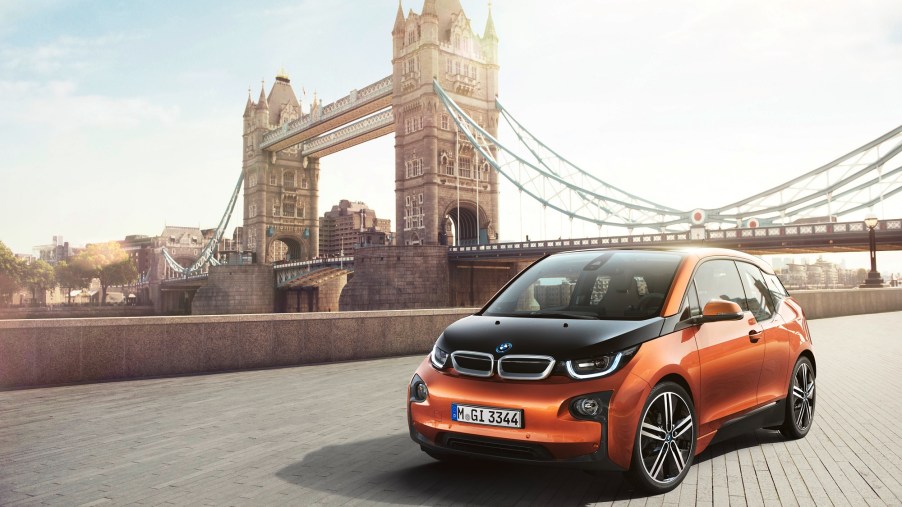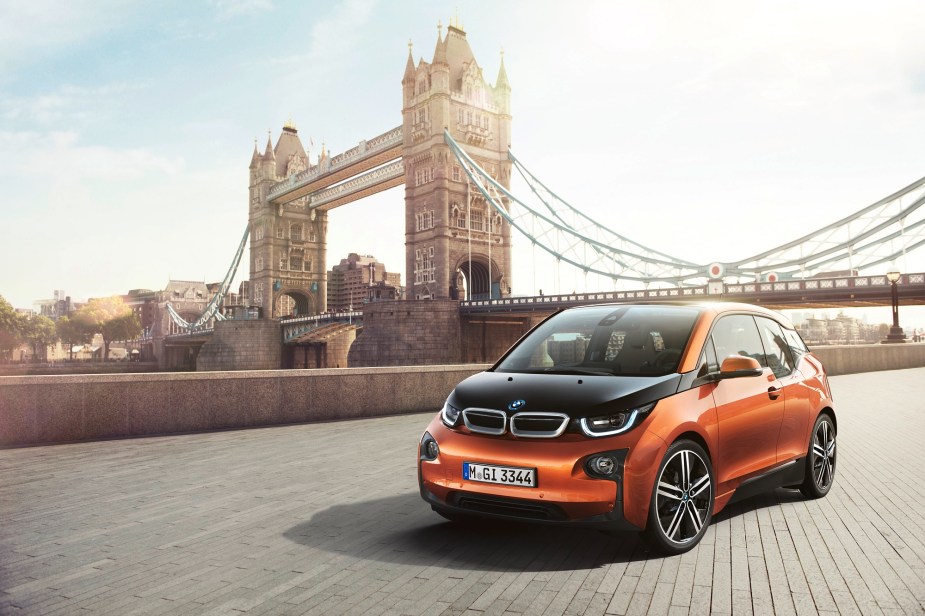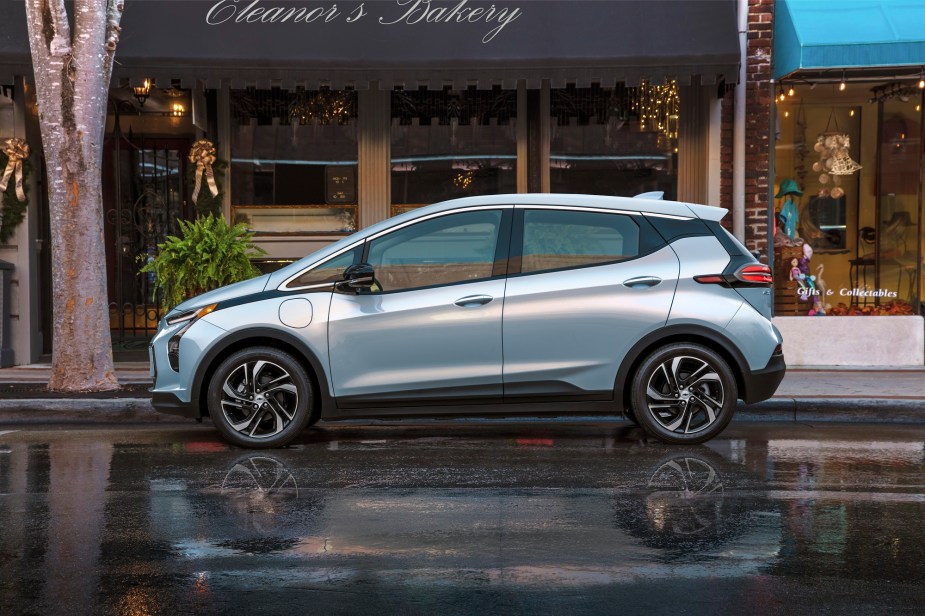
Buying a Plug-In Hybrid: 3 Disadvantages
If you’re a car shopper with anxiety when you think of buying an electric vehicle (EV), you should consider buying a plug-in hybrid electric vehicle (PHEV). A PHEV combines the lower tailpipe emission of an EV with the practicality of a gas-powered car. Furthermore, PHEV drivers don’t have to worry about range anxiety in the same manner that EV owners do. However, there are a few disadvantages to owning a plug-in hybrid electric vehicle.
How much does a plug-in hybrid cost?
The first disadvantage to consider with a plug-in hybrid electric vehicle is the initial cost. Many PHEVs on the market, like the BMW i3 and the Chevrolet Bolt, are typically higher priced than conventional competitors. For instance, the BMW i3 has a starting price of (gulp) $45,445. That’s a hefty price for a sensible hatchback.

The reason for the inflated costs associated with buying a plug-in hybrid is the nature of plug-in hybrids. The vehicles incorporate gas-powered and electric drivetrains. Further, PHEVs can be driven short distances on an electric-only charge and draw energy from a non-gas-burning source, like a home charger.
How often do you need to recharge a PHEV?
The next disadvantage to consider is the frequency in which you should charge your PHEV to take advantage of its design. According to Consumer Reports, owners should recharge often because hybrid vehicles will typically lack economy over long distances if not charged sufficiently.
However, PHEVs can run on just gasoline if necessary. Also, owners will be happy to know that the vehicles can suffice on a Level 1 charger like many EV owners use at home. The reason for that is the smaller battery packs compared to true EVs.
How long do plug-in hybrid batteries last?
The third disadvantage to consider when buying a plug-in hybrid is the electric-only range and the longevity of battery packs. Rechargeable batteries typically degrade over time, but they last a long time. In terms of capacity, PHEVs typically lack in electric-only range compared to EVs.
According to Car and Driver, most plug-in hybrids will cover only 20-50 miles on electric charge alone. Some outliers skew higher and lower than that range, though. For example, the BMW i3 will drive a claimed 126 miles. However, the Subaru Crosstrek Plug-In will only manage 17 miles.
It can be challenging to charge a PHEV
The fourth disadvantage of buying a plug-in hybrid to consider is the difficulty of charging. EV owners, depending on location, might have access to fast charging infrastructure, which makes the process less painful. However, many EV owners have only access to Level 1 and Level 2 chargers, slowing down the process. Furthermore, charging can be tricky if you live in a multi-story structure or don’t have access to EV parking.

However, Consumer Reports says that owners can make do with a Level 1 charger. As long as you can find somewhere to charge, you should be alright with your plug-in hybrid.
Is it worth it to buy a plug-in hybrid?
A PHEV is an excellent middle ground between an EV and a gas-powered vehicle. It combines the convenience of an internal combustion engine (ICE) with an environmentally friendly electric system. As a result, PHEVs typically get much better mileage than gas-powered cars. Finally, the electric range, limited as it may be, doesn’t stop you from driving when the charge runs out.
If you want to read more about EVs, scroll down to the following article!



